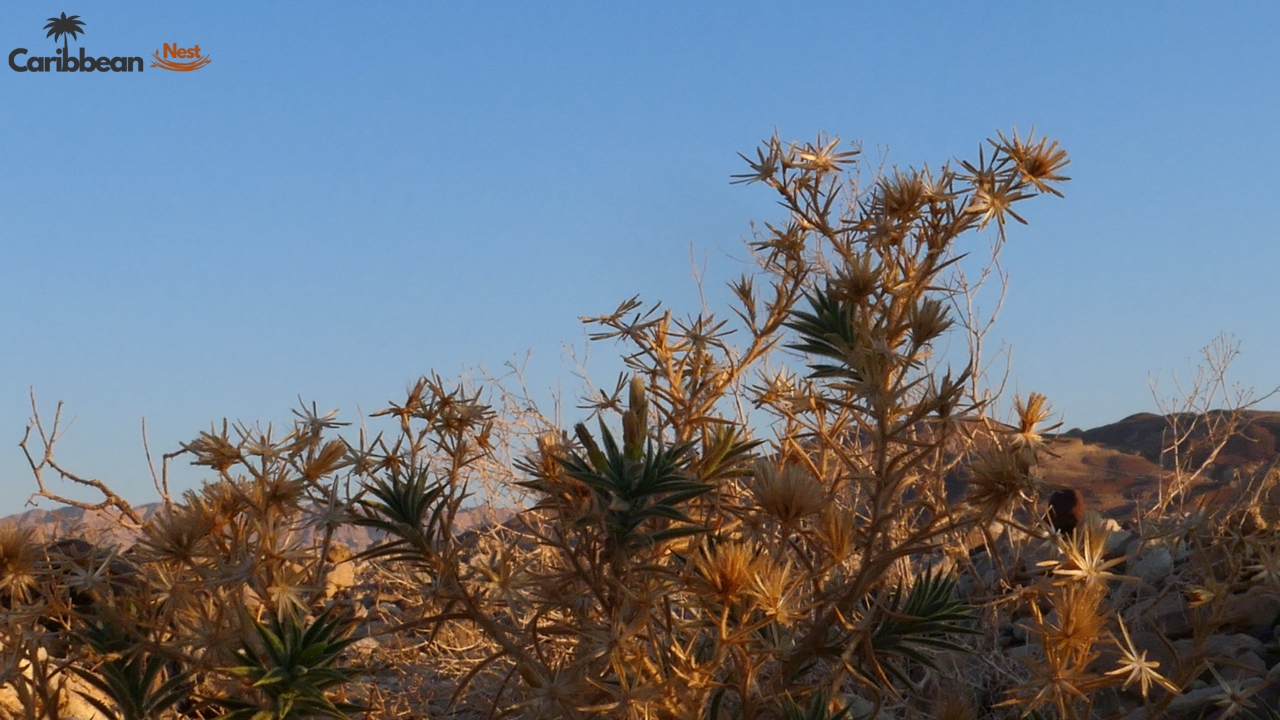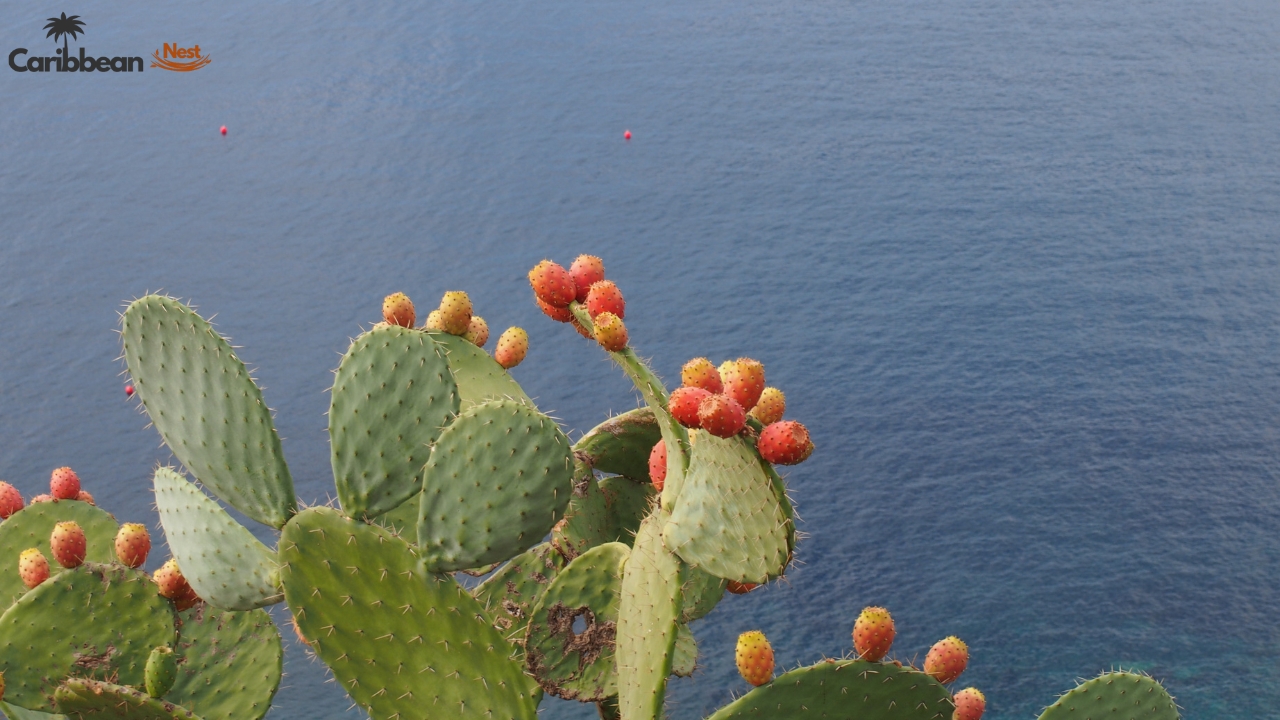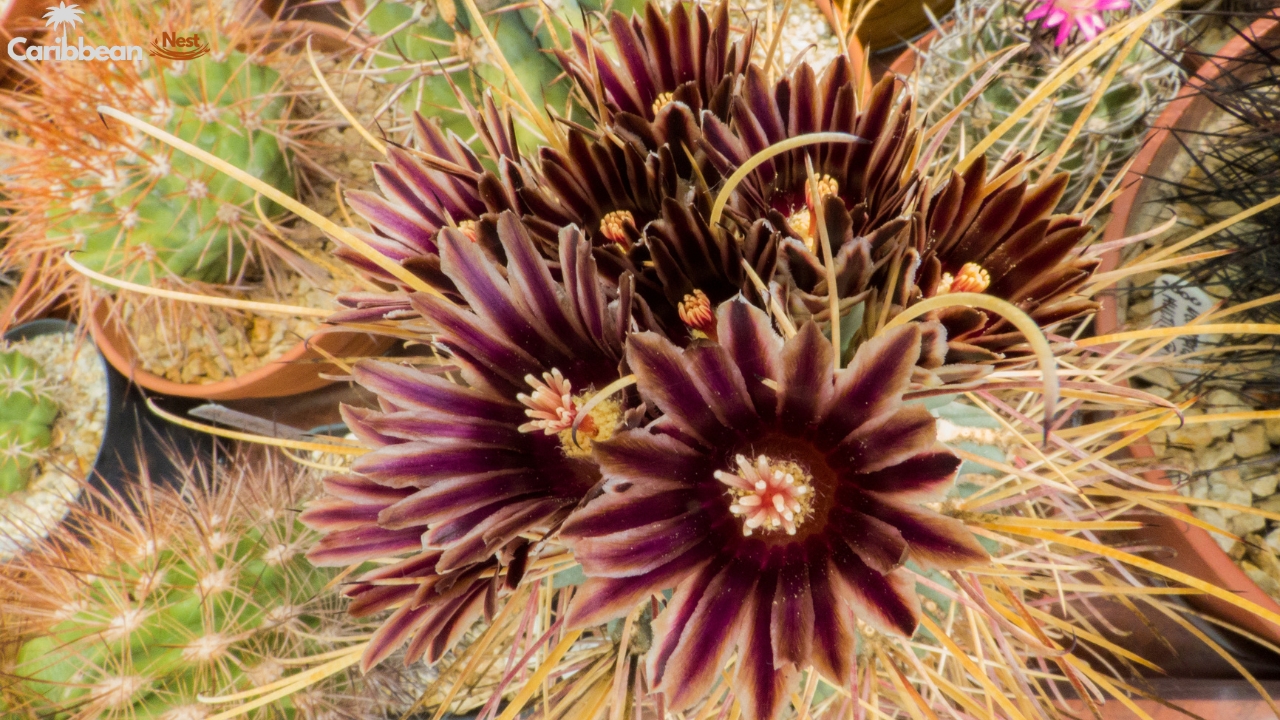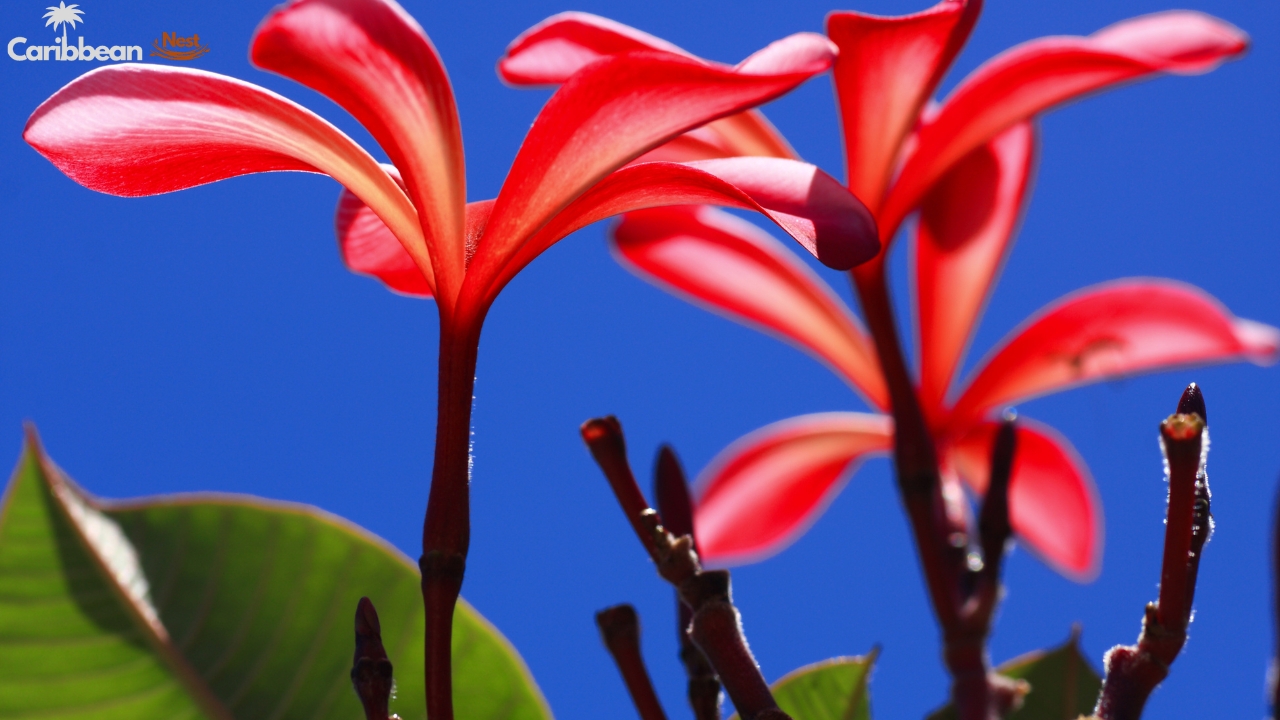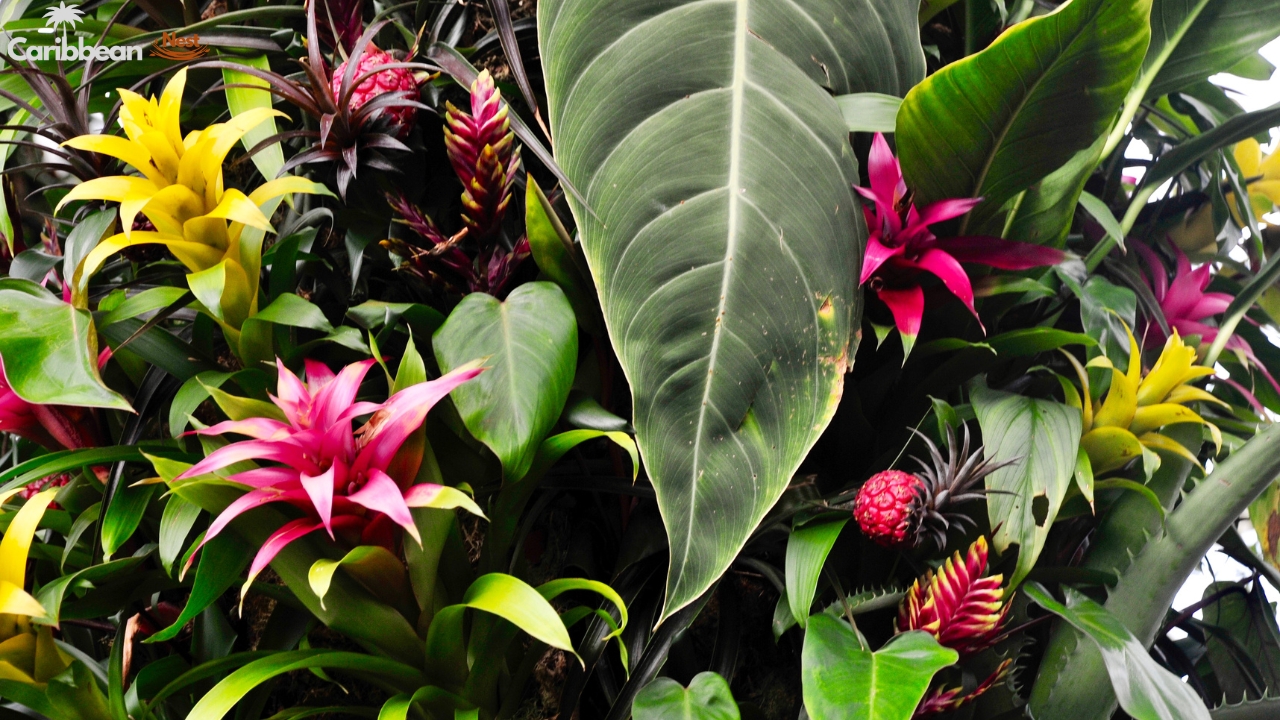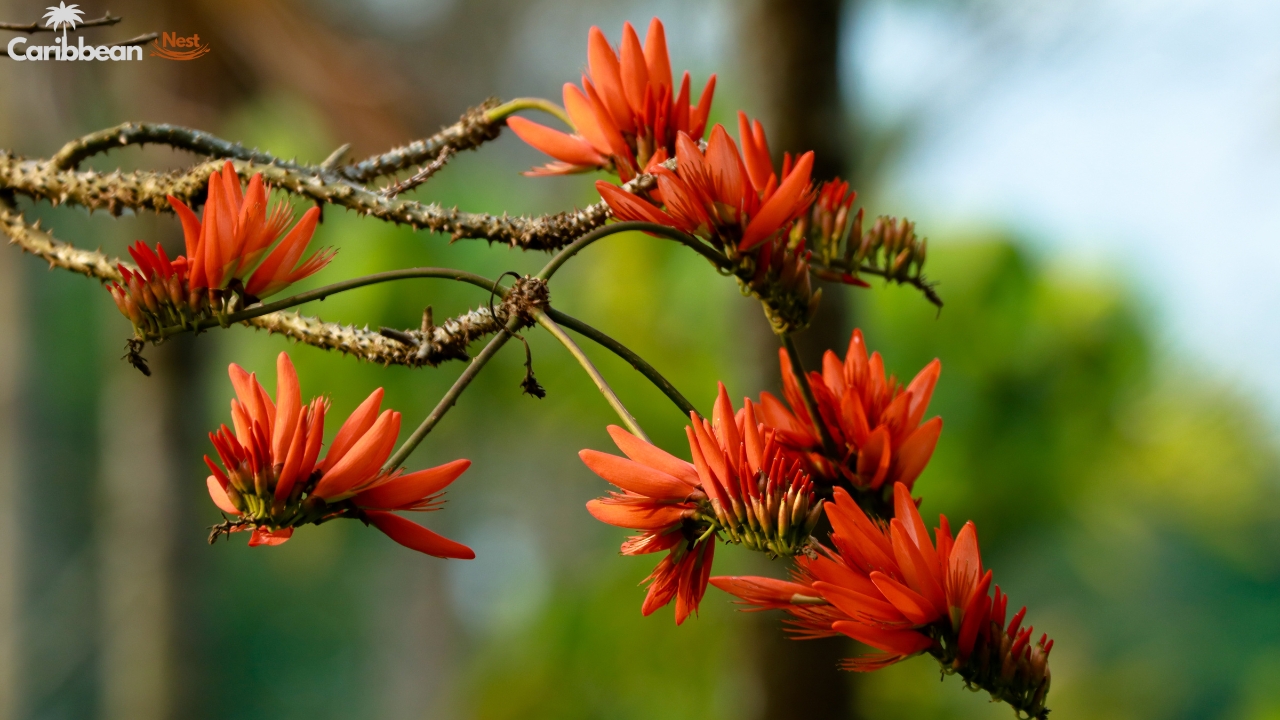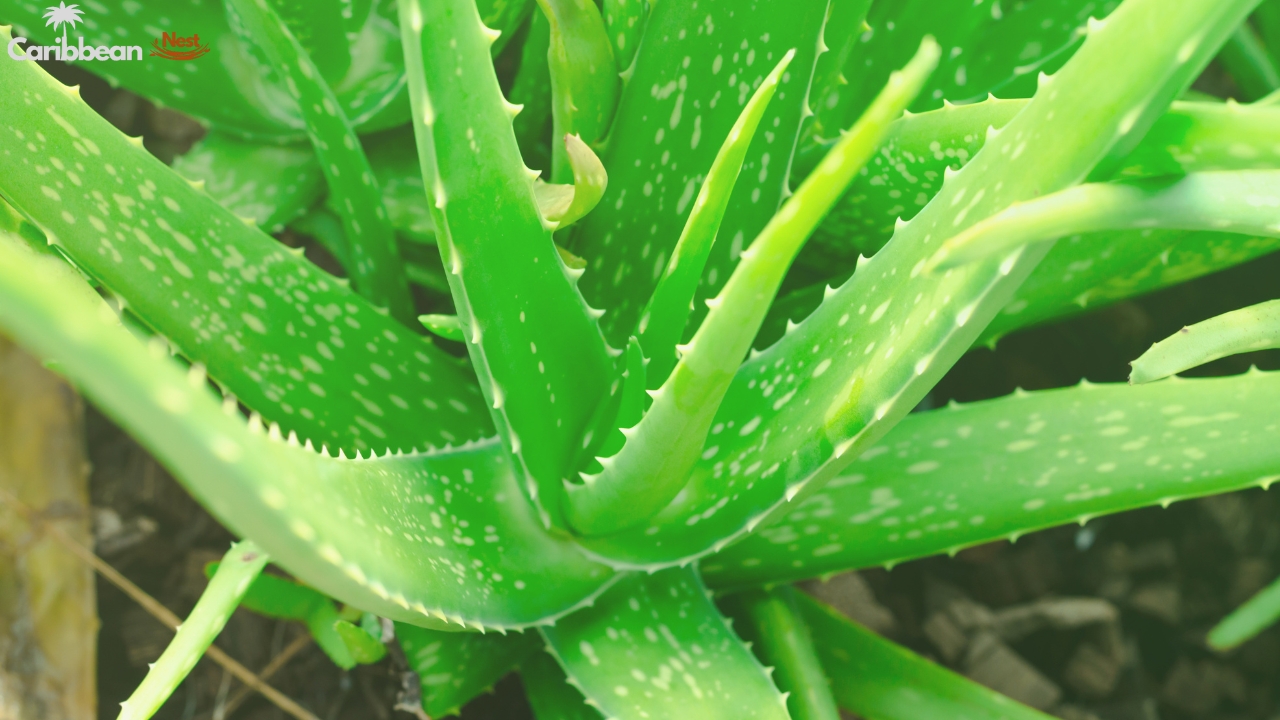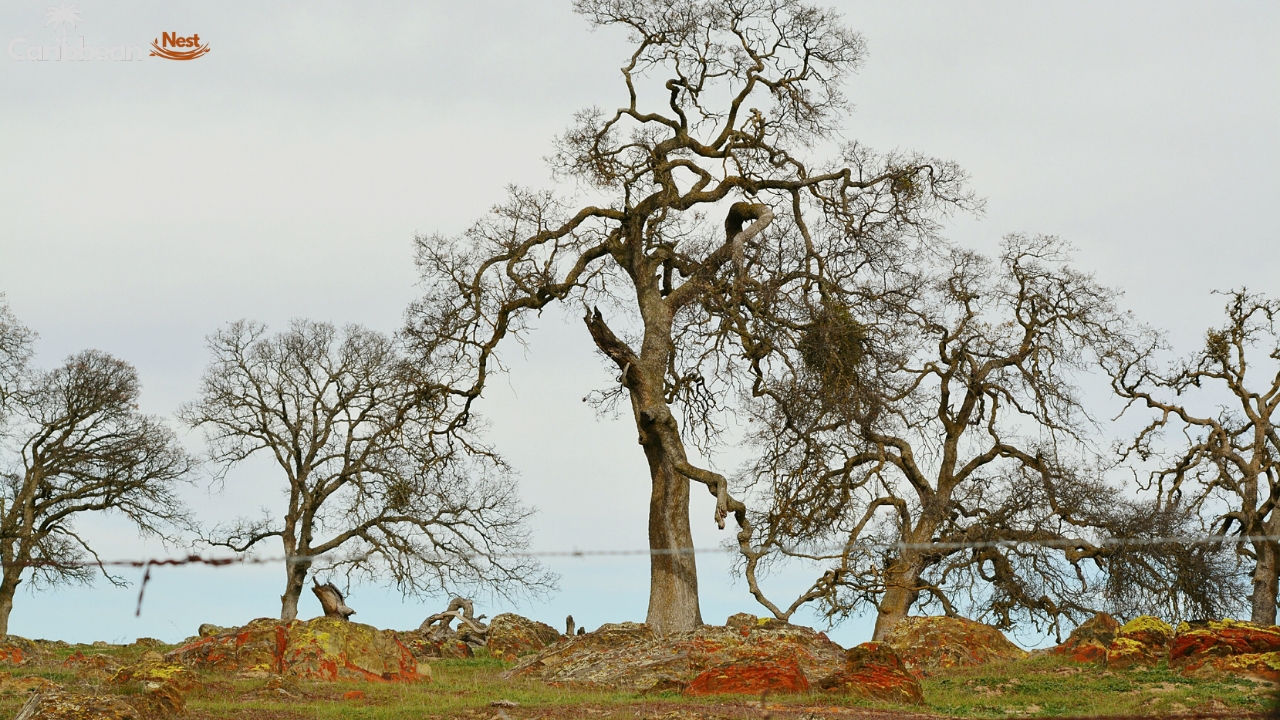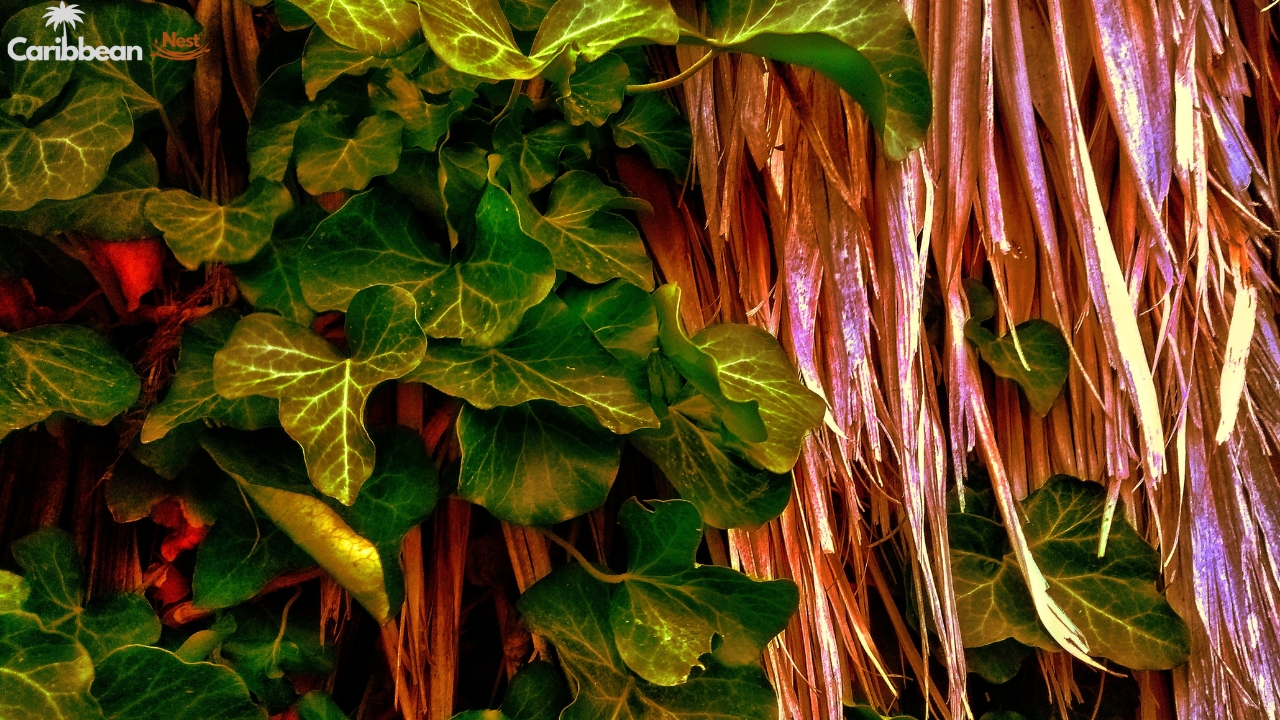Aruba’s flora is a remarkable blend of desert plants, cacti species, and tropical plants that thrive in its unique environment. With its arid plant life and tropical climate, the island offers an exceptional display of floral diversity, where both hardy succulents and vibrant flowers coexist.
The island’s plants have adapted to survive in the harsh conditions of limited rainfall and sandy soil, making them not only visually stunning but ecologically essential. From the iconic Divi-Divi tree to the rare Wanglo flower, Aruba’s flora plays a crucial role in maintaining the island’s ecosystem, supporting both local wildlife and the natural beauty that attracts visitors from around the world.
Introduction to Aruba’s Flora
Aruba’s flora reflects the desert landscapes that dominate the island. While the island may seem dry and barren at first glance, it’s actually home to an incredible variety of plants. These plants have adapted to the harsh, arid plant life conditions, where rainfall is scarce, and the soil is sandy. In Aruba, desert plants and tropical plants grow side by side, creating a dynamic environment.
The island’s flora is essential not only for its beauty but also for its role in maintaining Aruba’s ecosystem. Plants like cacti and succulents play crucial roles in stabilizing the soil and providing shelter for local wildlife. Many of these plants are found nowhere else in the world, making them unique plant species. The wildlife sanctuary Aruba showcases these plants, allowing visitors to observe how they thrive despite the challenging environment.
Aruba’s Desert Plants
Aruba desert plants are survivors. The island’s dry climate flora is made up of tough, drought-resistant species that can withstand long periods without water. Many of these plants have adapted their roots to grow deep into the ground, reaching any available moisture. Others have developed waxy coatings on their leaves to prevent water loss. At the same time, some have sharp thorns to protect themselves from herbivores.
Among the most common Aruba desert plants are succulents, which store water in their leaves. These plants are well-suited to the sand soil flora of Aruba. One such example is the prickly pear cactus, which is not only a symbol of the desert landscape but also provides edible fruit that is enjoyed by both humans and wildlife.
Iconic Cacti
The Aruba cactus is one of the most iconic features of the island’s flora. Cacti are the perfect representation of Aruba’s desert landscapes because they have evolved to thrive in arid climate conditions. The prickly pear cactus is one of the most widely recognized cactus species found on the island. Known for its thick, fleshy pads, this cactus can store water for long periods, allowing it to survive in the harshest conditions.
Another important cactus species in Aruba is the Cereus cactus. Known for its tall, column-like structure, this cactus species is often seen dotting the island’s landscape. It’s famous for its night-blooming flowers, which attract pollinators like bats and moths. Cacti in Aruba play a significant role in pollination, providing food and shelter for many animals, including birds and insects.
Desert Flowers
Despite the island’s arid plant life, Aruba’s desert flowers bloom vibrantly after the rare rainfall. These flowers are adapted to the island’s dry conditions, often blooming for short periods but creating a striking visual contrast against the barren desert backdrop. One of the most well-known Aruba desert flowers is the yellow trumpet, which produces bright, trumpet-shaped blooms that attract bees and butterflies.
Other notable desert flowers include the desert lily and the red poppy. The desert lily thrives in the island’s sandy soil, while the red poppy adds a splash of color to the dry, rocky terrain. These wildflowers of Aruba are not just visually stunning; they are also vital for maintaining the floral diversity of the island.
Tropical Plants
While Aruba is primarily known for its desert landscape, the island also boasts a rich variety of tropical plants. These plants thrive in the coastal areas, where the soil is richer and the climate is slightly more humid. Tropical plants in Aruba include species such as the Frangipani plant, which is known for its fragrant flowers, and the bougainvillea plant, which adds vibrant colors to the island’s landscape.
The tropical climate of Aruba allows for a unique blend of plants, from the hardy desert plants to the lush, colorful exotic flowers. These plants not only enhance the island’s beauty but also contribute to its biodiversity, supporting various wildlife species, including hummingbirds and butterflies.
Wanglo
The Wanglo flower is a rare and significant part of Aruba’s flora. This small, delicate flower is native to the island and can be found in the wild, growing in clusters along the arid plains. The Wanglo flower is highly regarded for its vibrant colors and sweet fragrance, which attract pollinators like bees and hummingbirds.
Though small, the Wanglo flower plays a vital role in the island’s pollination in Aruba, supporting local ecosystems by feeding pollinators. It’s a symbol of the island’s floral diversity, showcasing how even in the most challenging environments, life can thrive.
Aloe Vera
Aloe Vera Aruba is one of the most recognized plants on the island. Known for its healing properties, Aloe Vera Aruba is used extensively in skincare products due to its soothing and medicinal benefits. Aloe Vera production in Aruba has become a key industry, with many local businesses producing aloe-based products for both domestic use and export.
This plant thrives in the island’s dry climate, and its medicinal plants are a valuable resource. Aloe Vera’s thick, gel-filled leaves are perfect for storing water, allowing the plant to survive in Aruba’s harsh environment. Aloe Vera Aruba is a prime example of how Aruba’s medicinal plants have adapted to the island’s conditions while providing practical benefits to the local community.
Trees of Aruba: Divi-Divi
The Divi-Divi tree is the most famous in Aruba. This tree is instantly recognizable due to its unique, wind-swept appearance. The Divi-Divi tree grows predominantly along the coastline, where it is shaped by the constant trade winds. Its branches curve in one direction, making it a symbol of Aruba’s resilience against the elements.
The Divi-Divi tree plays a vital role in the island’s ecosystem, providing shelter for birds and other wildlife. Its pods are also a food source for animals, contributing to the biodiversity of the island.
The Kwihi Tree
Another vital tree in Aruba’s flora is the Kwihi tree. Known for its ability to grow in sandy soil, the Kwihi tree is a hardy species that thrives in the island’s arid plant life. This tree is native to Aruba and has become an essential part of the island’s natural heritage.
The Kwihi tree is known for its distinctive bark and leaves, which change color depending on the season. In addition to its beauty, the Kwihi tree is an essential species for local wildlife, offering food and shelter to a variety of animals.
Protecting Aruba’s Flora
As Aruba continues to grow in popularity as a tourist destination, it’s essential to focus on protecting the island’s unique flora. The biodiversity of Aruba’s flora is fragile, and efforts are underway to preserve its most iconic species. Many organizations are working to protect native Aruba plants and prevent the destruction of their natural habitats.
One way to protect Aruba’s flora is through sustainable tourism. Visitors are encouraged to enjoy the island’s plants without disturbing them. Conservation efforts also focus on the restoration of Aruba’s desert plants and tropical plants, ensuring that future generations will be able to experience the island’s incredible floral diversity.
Conclusion
Aruba’s flora is a testament to the resilience and beauty of nature. From the hardy desert plants and cacti species to the vibrant tropical flowers, Aruba offers a rich diversity of plant life. By understanding the unique plant adaptation of Aruba and supporting conservation efforts, we can ensure that these extraordinary plants continue to thrive for years to come.
FAQ’s
1) What is the flora of Aruba?
The flora of Aruba consists of a variety of desert plants, cacti species, and tropical flowers, all adapted to thrive in the island’s dry climate and tropical climate conditions.
2) What is the national flower of Aruba?
The national flower of Aruba is the Wanglo flower, a rare and vibrant bloom native to the island, symbolizing Aruba’s natural beauty.
3) What should I be careful of in Aruba?
In Aruba, be cautious of the intense sun, which can cause sunburn, and the strong winds and rough seas, particularly during outdoor activities and water sports.
4) What is native to Aruba?
Native plants of Aruba include the Divi-Divi tree, Agave Aruba, and the Wanglo flower, all of which are well-suited to the island’s harsh environment.
5) What ethnicity are people from Aruba?
The people of Aruba are primarily of Dutch, Afro-Caribbean, and Hispanic descent, reflecting the island’s diverse cultural background.


